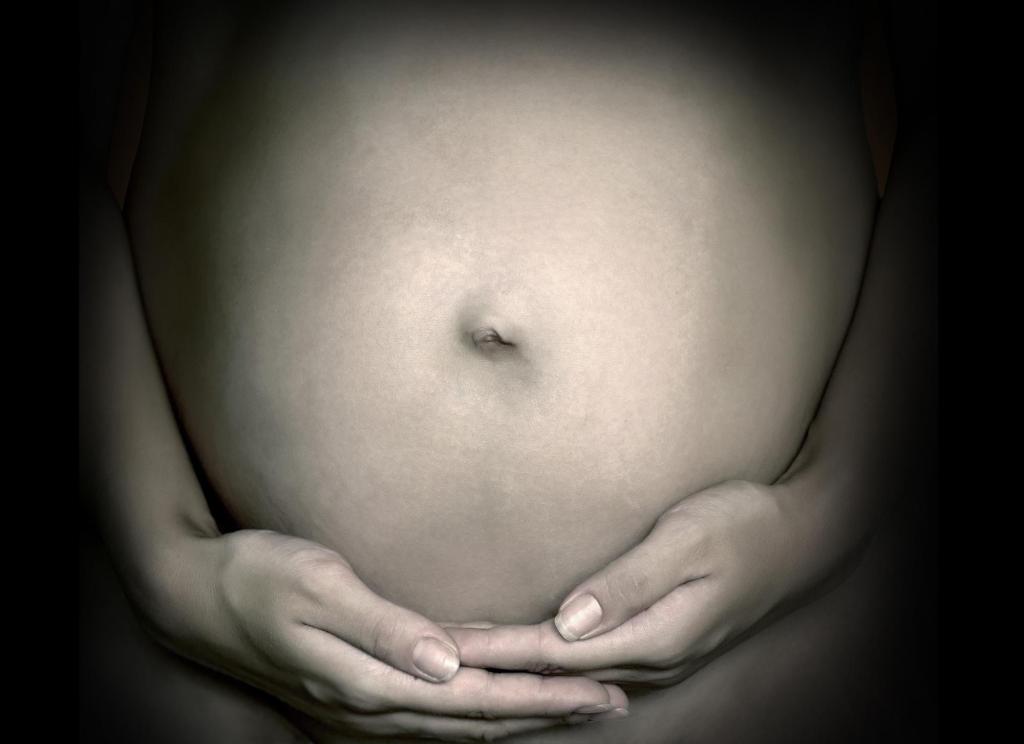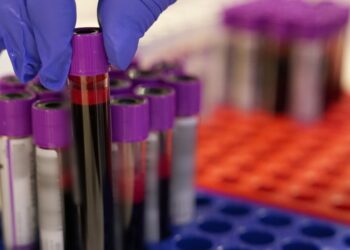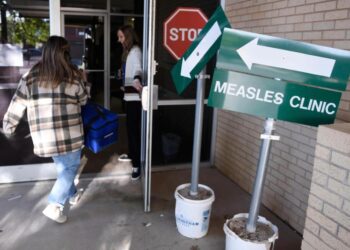Gina Jiménez | Kaiser Health News (TNS)
Vanessa Langness had always been a bit worried about the chemicals she worked with as a biomedical researcher, but when she got pregnant in October, her concerns grew. The 34-year-old based in Santa Maria, California, suspected the ethidium bromide she was using in the lab for molecular cloning could put her and her baby at risk.
She wasn’t sure what to do; she was only a few weeks into her pregnancy and didn’t know how it would affect her career.
“Women are taught: You aren’t supposed to tell people until after the first trimester,” she said. “But that’s actually a really delicate stage for the formation of the baby.”
Langness did some research online but couldn’t find much information on what kind of extra precautions she should take because of her pregnancy. Without realizing it, she had stumbled upon an often overlooked area of science and medicine: the occupational health of pregnant workers. Those who are pregnant often face hazardous circumstances doing jobs in which they must lift heavy objects, stand for long periods, or, like Langness, work with chemicals.
At the end of last year, Congress approved the Pregnant Workers Fairness Act, a law that requires employers to provide “reasonable accommodations” to those who are pregnant. But the new law, which took effect June 27, has a big hole in it: Public health experts say not nearly enough is known about which work circumstances are dangerous for pregnancies, especially when chemical exposures are involved. That’s because occupational health studies overwhelmingly have been centered on men, and so have the health and safety standards based on those studies.
“A pregnant person’s physiology is very different from a nonpregnant person,” said Carissa Rocheleau, an epidemiologist at the National Institute for Occupational Safety and Health. “A lot of our existing permissible exposure limits date back to 1970. In the studies they based…
Read the full article here







